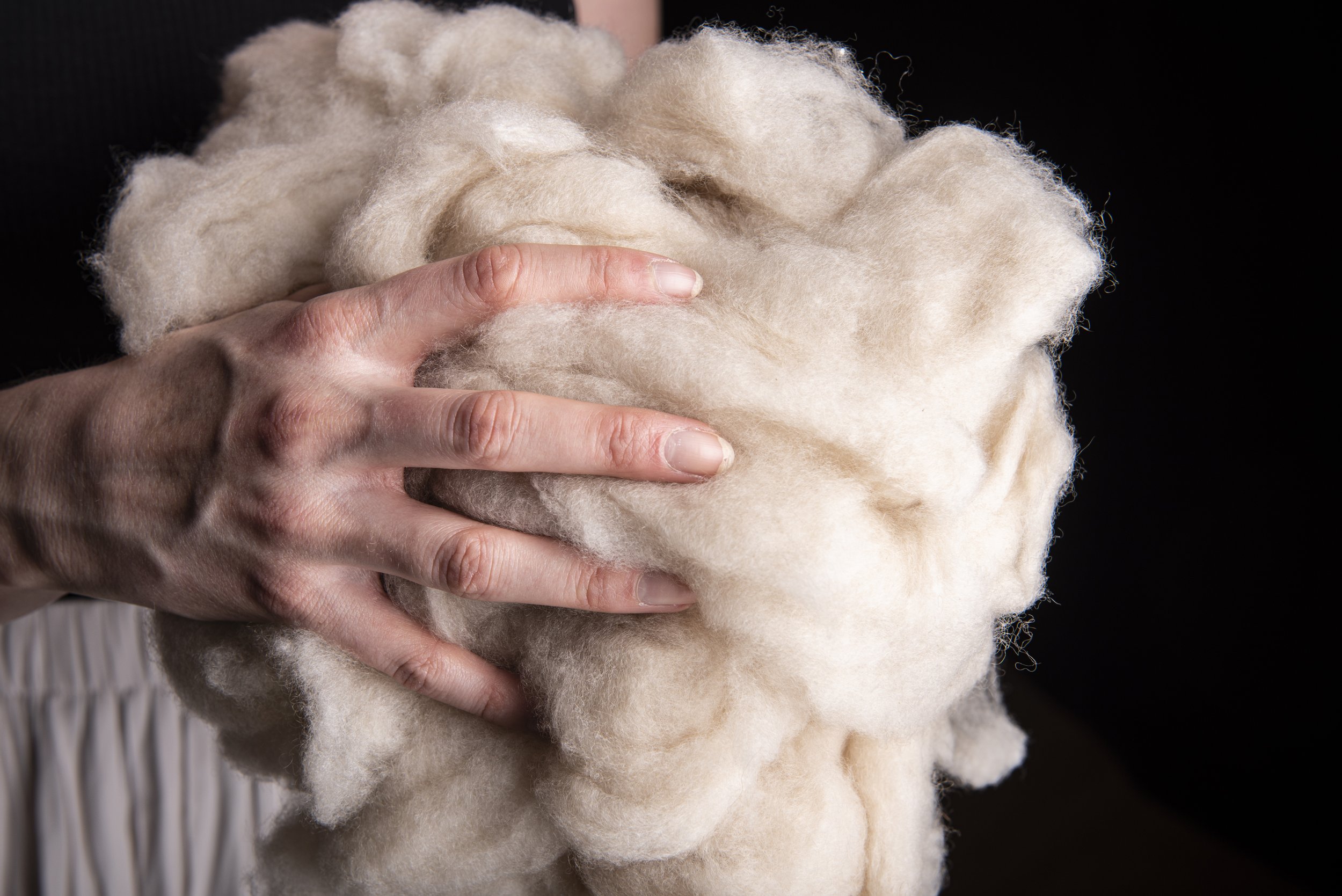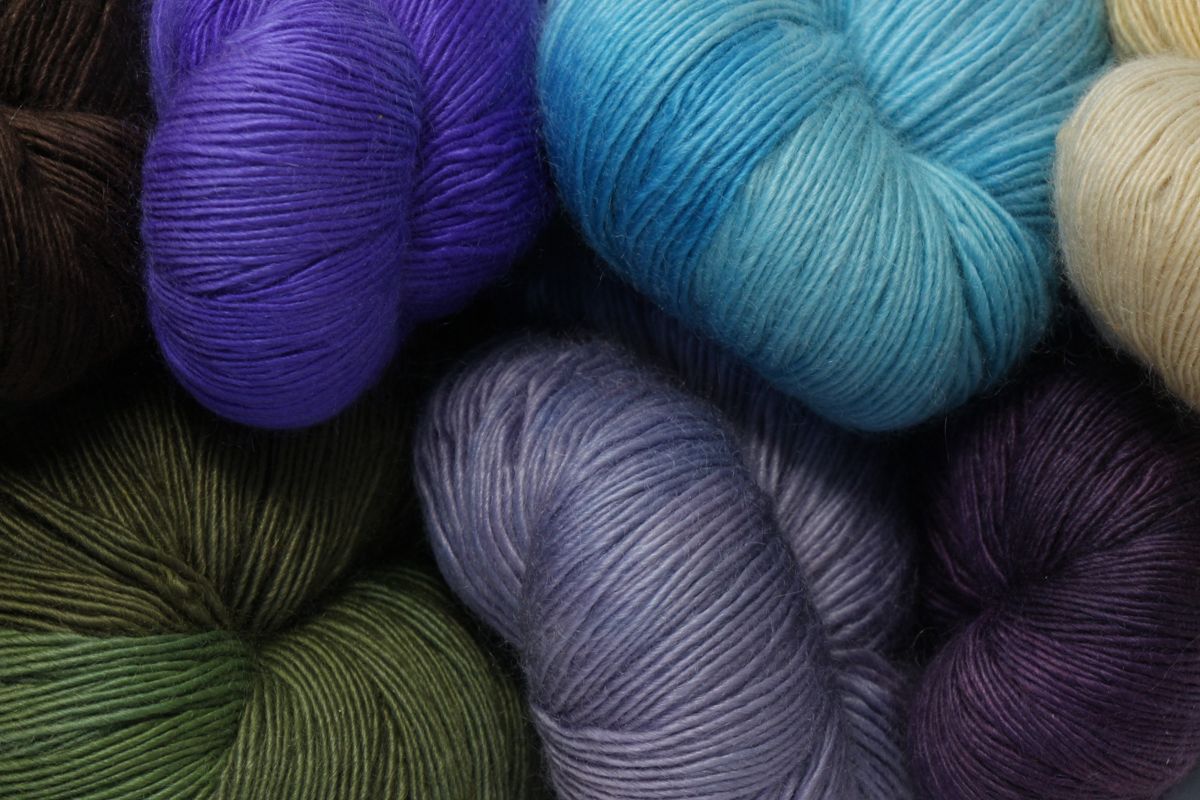The Exciting World of cashmere: Understanding Its Composition and Uses
The Exciting World of cashmere: Understanding Its Composition and Uses
Blog Article
Understanding the Different Kinds of Cashmere a Natural Fiber and Their Unique Benefits

The Beginnings of Cashmere: A Historical Overview
While the elegant touch of cashmere remains to charm modern consumers, its beginnings map back to the extreme, chilly climates of Mongolia and the Mountain ranges. For centuries, the indigenous individuals of these areas have been raising Capra Hircus goats, the prime source of cashmere woollen. These goats, resilient against the serious winters, expanded a great undercoat to survive, which later came to be called cashmere. The name itself admires Kashmir, an area in India where the wool was at first refined. Much of the early cashmere profession route was promoted by the Silk Road, attaching Asia with the Middle East and Europe. In spite of its global spread, the finest cashmere is still believed to stem from the original areas of Mongolia and the Mountain Ranges.

The Manufacturing Process: From Goat to Garment
Shearing a Capra Hircus goat notes the beginning of the complex cashmere production process. This delicate procedure typically takes place yearly during spring. The fine, soft undercoat is then divided from the coarser external hair, a process referred to as dehairing. The resultant raw cashmere is after that cleaned to get rid of pollutants such as vegetable, grease, and dirt matter.
The clean fiber undergoes coloring, rotating, and weaving, or knitting, to change it right into a textile. Facility treatments such as quality assurance checks and finishing processes comply with, making sure completion item maintains the lavish criterion anticipated of cashmere. This painstaking procedure, from goat to garment, validates the high cost affixed to cashmere items, making them a symbol of luxury and refinement.
The Different Kinds of Cashmere: A Thorough Evaluation

The Special Benefits of Cashmere: Comfort and Sustainability
Relocating from the range of cashmere types to the benefits they provide, comfort and sustainability stand out prominently. Cashmere, a natural fiber, is renowned for its unequaled soft qualities, giving a degree of convenience that synthetic fibers can't match.
When it concerns sustainability, cashmere is naturally degradable and renewable, as it's harvested from cashmere goats that regrow their layers every year. what is cashmere. Unlike artificial fibers which can take hundreds of years to break down, cashmere's effect on the atmosphere is very little. This mix of comfort and sustainability makes cashmere a valuable selection for conscious consumers

Taking Care Of Your Cashmere: Upkeep and Preservation Tips
While cashmere is unquestionably a elegant and sustainable choice, it requires certain care to keep its high quality and prolong its lifespan. To begin, cashmere ought to be hand cleaned utilizing chilly water and a light detergent. Stay clear of turning or wringing the garment as it can harm the fibers. Rather, delicately squeeze out excess water and lay it level on a go to website towel to dry. Furthermore, cashmere things should be kept in a dry and great place, away from straight sunlight and moisture. Utilizing moth repellents can safeguard these garments from possible damages. It's a good idea to avoid hanging cashmere to stop stretching. Rather, fold and shop them correctly to keep their shape and top quality in time.
Spending in Cashmere: Comprehending Its Value and Worth
Although cashmere might initially seem like a pricey investment, its lasting value and worth ended up being evident when you consider its impressive high qualities. Recognized for its unequaled softness and warmth, cashmere is a costs natural fiber that outshines other materials. Spending in cashmere, therefore, is not just regarding current fashion patterns, yet about accepting a lasting, long-lasting, and extravagant way click here for more of living.
Conclusion
In recap, the kind of cashmere one chooses, be it Mongolian, Chinese, or Italian, is dictated by specific choices for heat, deluxe, spending plan, and sustainability. The worth of cashmere expands past its price, with comfort and durability including in its well worth. Proper treatment and upkeep can guarantee its preservation. As a result, recognizing the origins, production procedure, and unique benefits of various kinds of cashmere can direct customers in their investment in this luxurious all-natural fiber.
Whether it's the extraordinary warmth of Mongolian cashmere, the affordability of Chinese cashmere, or the eco-conscious manufacturing of Italian cashmere, there's a tale to be uncovered behind each fiber kind. Cashmere, an all-natural fiber, is renowned for its unmatched gentleness, providing a degree of convenience that artificial fibers can not match.When it comes to sustainability, cashmere is eco-friendly and eco-friendly, as it's collected from cashmere goats that regrow their coats every year. Known for its exceptional softness and warmth, cashmere is a costs all-natural fiber that outmatches other products. Comprehending the origins, production procedure, and unique advantages of different types of cashmere can assist customers in their investment in this elegant natural fiber.
Report this page